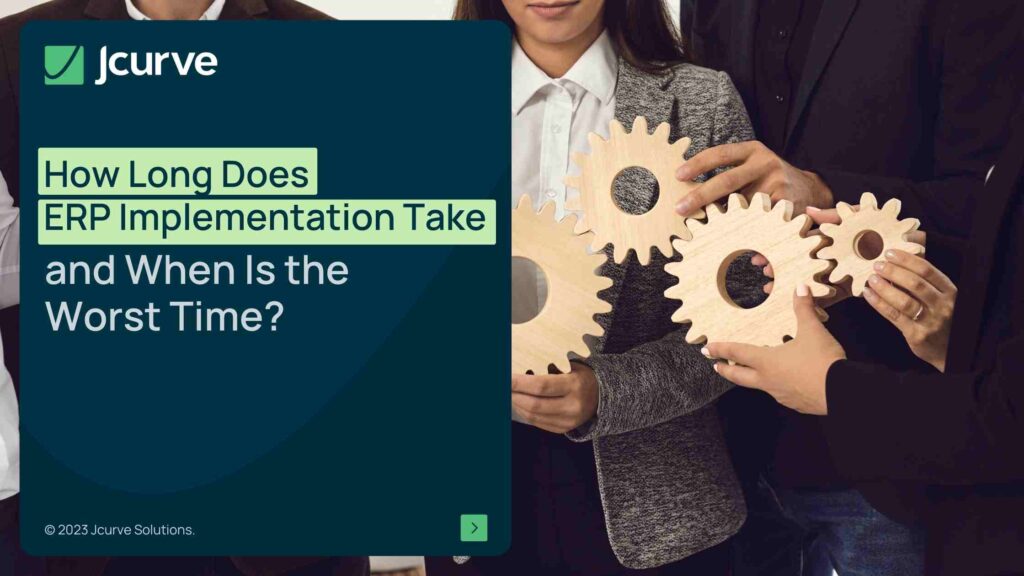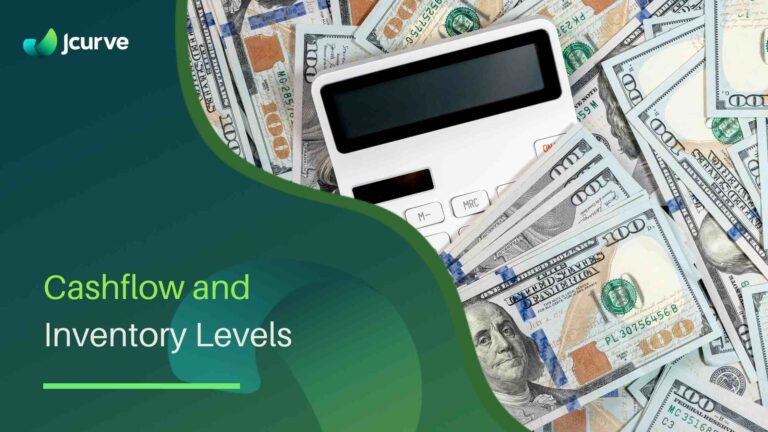Planning for an ERP implementation requires careful consideration to avoid unwelcome surprises. Understanding the timeframes and identifying the worst times to start can help you build a successful roadmap, particularly for businesses in Singapore.
How Long Does an ERP Implementation Take?
ERP systems like NetSuite provide functionality to address unique industry requirements. Learn about tailoring NetSuite to different verticals.
ERP implementations typically range from 4 to 6 months, but can vary depending on several factors such as company size, number of operating countries, employee headcount, current business processes, system complexity, and the amount of data to be integrated.
For small businesses, a typical implementation like JCurve ERP takes around 12 weeks. However, straightforward business models with prepared data can go live in as little as four weeks. Complex requirements for larger businesses may take 3-6+ months.
Influencing Factors
- Internal Resources: Coordinating the right team members is crucial.
- Gathering Information: Understanding what issues the ERP system should solve.
- Availability of Key Staff: Ensuring they are available during the implementation.
- Existing Processes: Documenting and identifying necessary changes.
- Data Cleansing: Deciding what information to bring over.
When Are the Worst Times to Implement a New ERP System?
Too Long into the Future
Delaying ERP implementation due to current workload can exacerbate existing inefficiencies. The sooner you start, the sooner you can benefit from streamlined processes and automation.
Too Close to the End of Financial Year (EOFY)
Many companies prefer a fresh start with a new financial year to simplify accounting processes. Starting too close to EOFY can lead to rushed implementations. Aim for at least 12 weeks before the new financial year for a clean transition.
When Key Staff Are on Holidays
Key personnel are essential for data cleansing, system testing, and training. Ensure their availability throughout the implementation and inform your ERP provider about their leave schedules to avoid disruptions.
During Peak Business Periods
Avoid implementing during your company’s busiest times. High sales and demand periods can stress your team, making it difficult to focus on the new system. Identify and plan around these peak times.
Lessons from Other Businesses
- Involve Everyone: Engage your team early, gather feedback, and understand pain points.
- Staged Approach: Consider phased implementation rather than tackling everything at once.
- Understand Variables: Factors like cloud vs. on-premise solutions, customisation needs, and data preparation can affect timelines.
On another note, it’s important to understand why some ERP implementations fail and how you can set your project up for success. Learn more about why ERP implementations fail and keys to success now.
The Perfect Timing
Begin preparing early, considering the time needed to meet requirements and the optimal timing for your business. Leverage the expertise of your ERP provider for a faster and more efficient implementation.
Conclusion
Implementing an ERP system at the right time with proper planning can significantly enhance your business efficiency and profitability. Start early, involve your team, and choose experienced ERP providers to ensure a successful transition.










